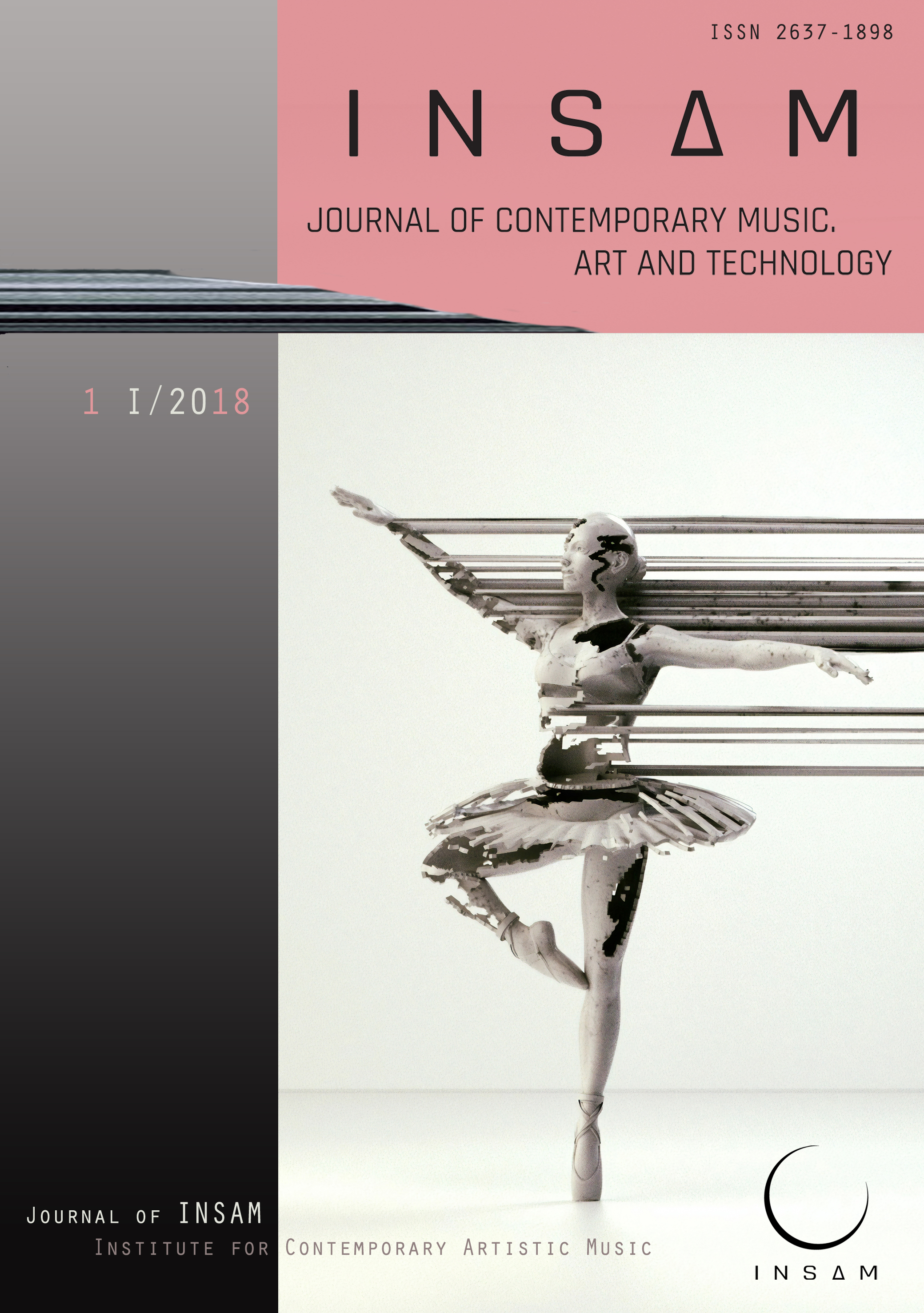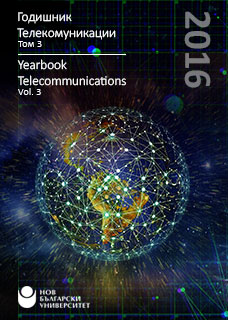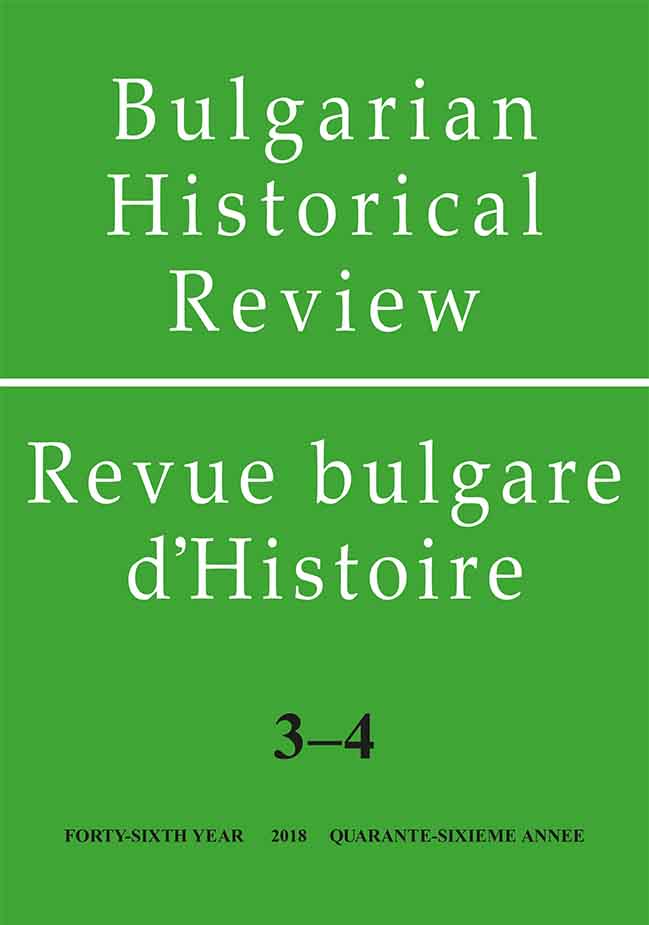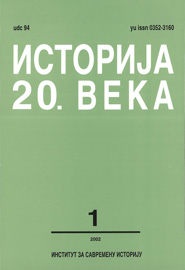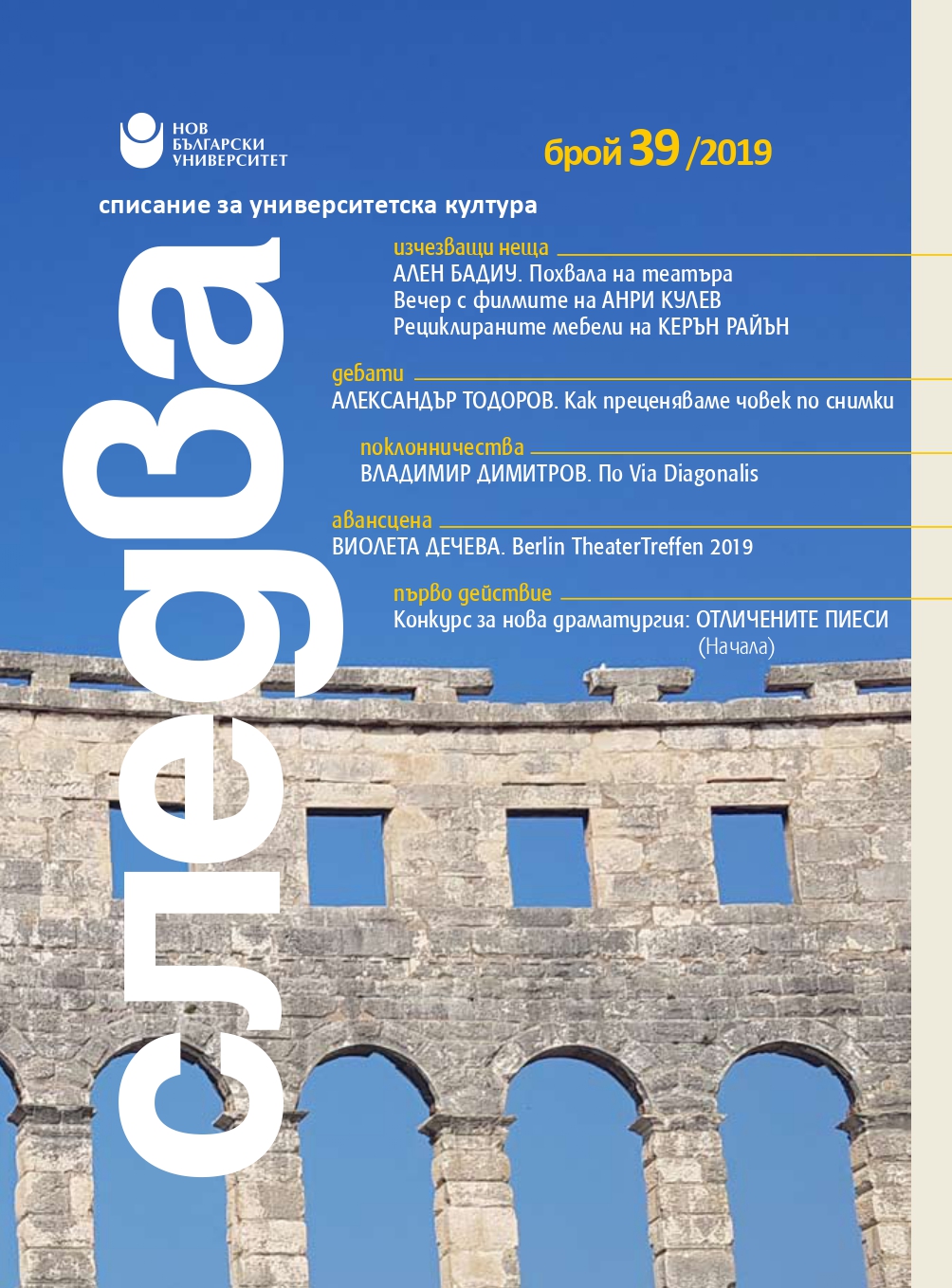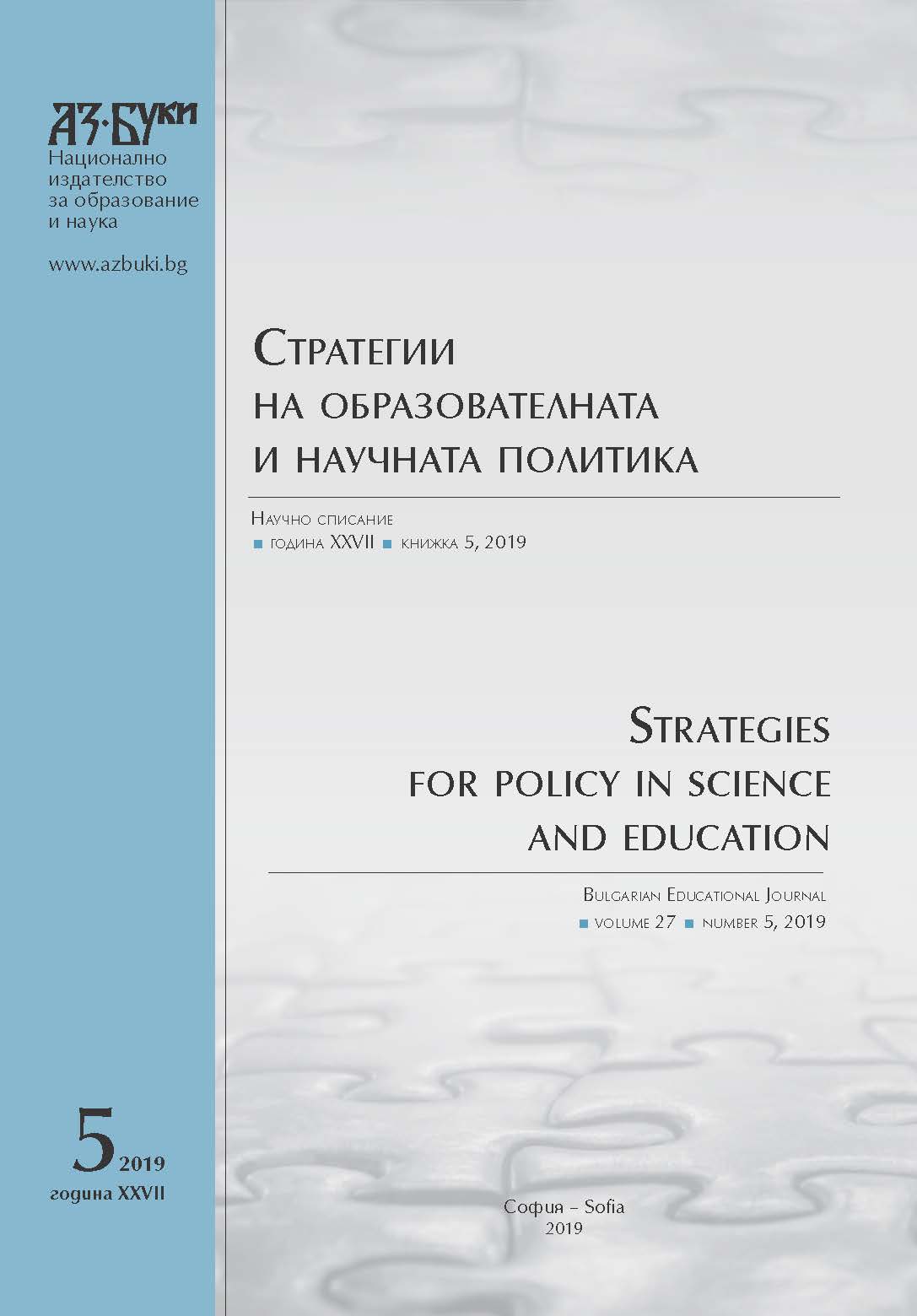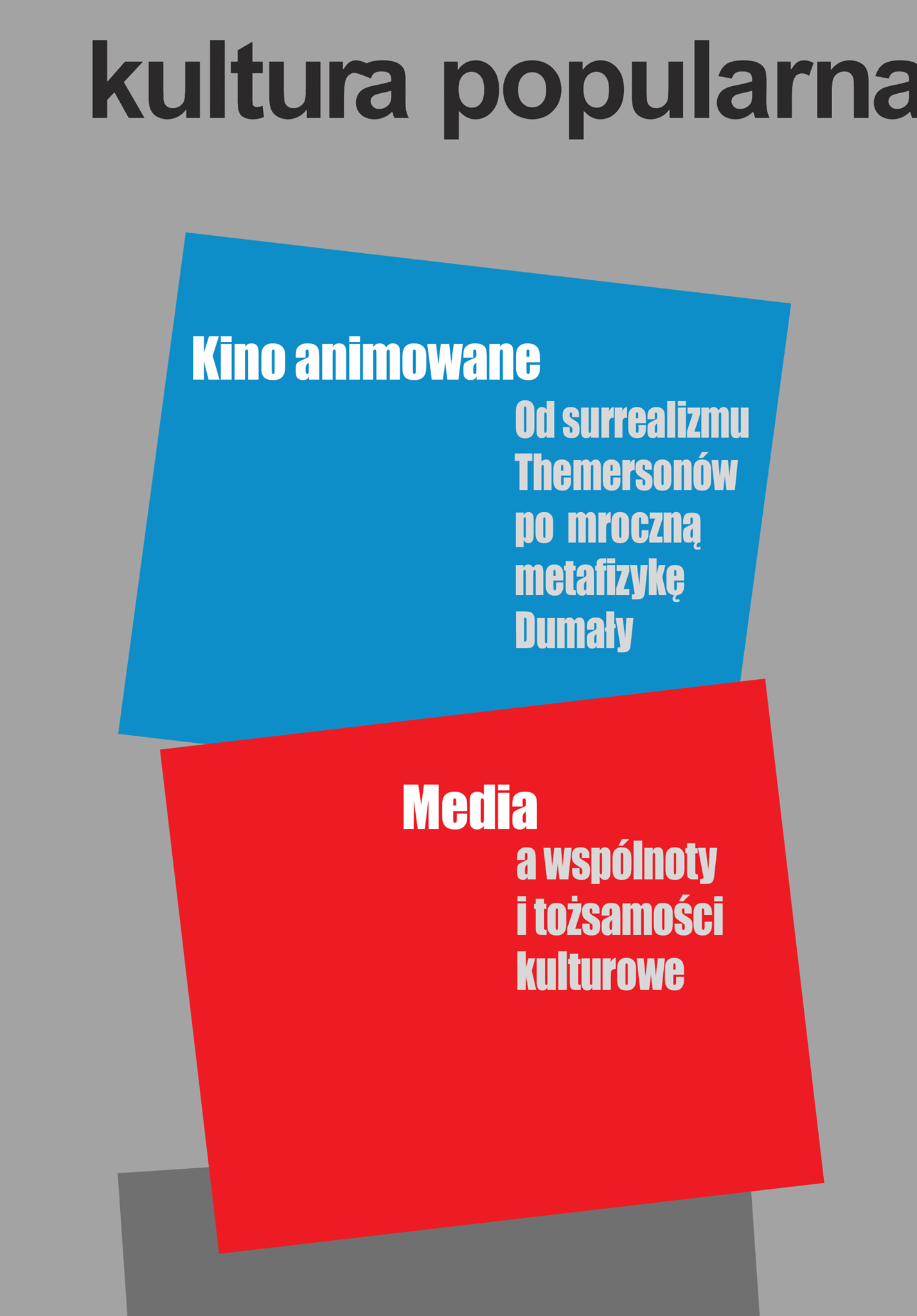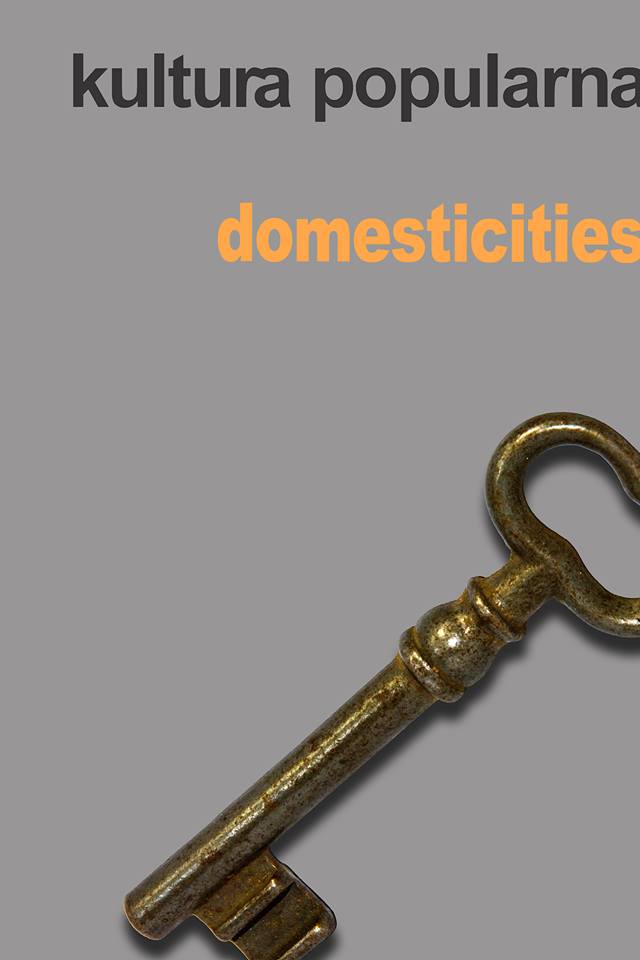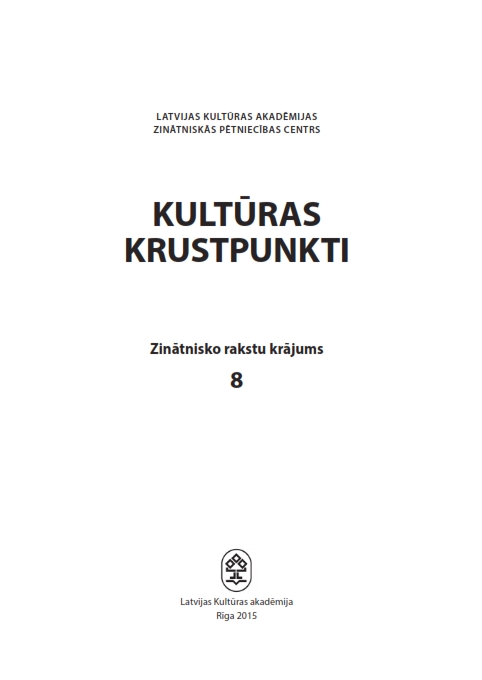
ANNAS (ASJAS) LĀCIS LOMA VALTERA BENJAMINA FILOZOFISKĀS DOMAS ĢENĒZĒ
Walter Benjamin’s collection of articles, Passagenwerk (The Arcades Project), is regarded as the quintessence of his philosophical thought and aesthetical beliefs. A forerunner of this monumental work is the travel description entitled “Napoli”, written in co-authorship with Anna Lācis, where the keyword is porosity, which is a metaphor for the specific way of thinking for Walter Benjamin. The collection of literary sketches “One Way Street” and “Moscow Diary”, created in cooperation with Anna Lācis, are also important records of the 20th century aesthetical perceptions and ideological considerations. There exists an interesting intertextual link between the images of cities in various Benjamin’s works – Naples, Rīga, Moscow. The article is an attempt to discover the “unclear” influence of Asja Lācis on the philosophical thought of Walter Benjamin and is based on Beata Paškevica’s monograph “In der Stadt der Parolen. Asja Lacis, Walter Benjamin und Bertolt Brecht” published in Germany in 2006. The conclusion is that Asja Lācis has not had a great influence on Benjamin’s political views but on his aesthetical views. This has been metaphorically formulated by Benjamin himself in the dedication text of his book “One Way Street”.
More...
